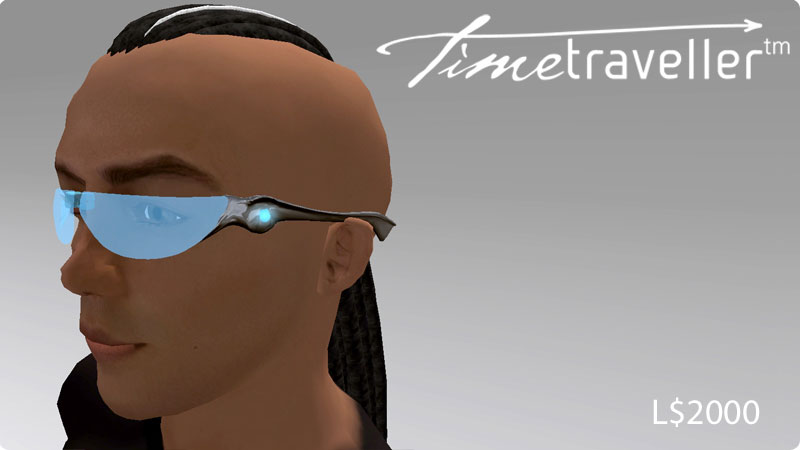Gabe Roethle and Jessie Downey
Introduction
Video games have a long history of Indigenous representation. The conquest of Indigenous land by the U.S. is a familiar topic in games that center the “wild west” and exploration of the frontier. Indigenous people as shown in video games so often represent what lies on or beyond the frontier, the conquered or not-yet-conquered, because of the video game industry’s cultural investment in replaying of colonialism. Portrayals of Indigenous people in media are lacking overall because market forces uphold a vague Indigenous aesthetic as something that can make money, but they do not similarly uphold informed research and Indigenous voices as important components in this type of representation.
For the many Indigenous people playing games, especially Indigenous youth, this general lack of informed representation in video games is one of many factors that alienates them from Indigenous cultural modes. This is not to say that Indigenous voices are silent in the video games industry. Indigenous video game creators such as Upper One Games, the Skins project, and Skawennati are currently working toward recreating a video gaming industry that not only includes Indigenous input but where Indigenous voices are foundational. These individuals and organizations usually emphasize the importance of youth in participating in Indigeneity through these video games. In some projects, such as Skins, Indigenous youth are even encouraged and taught to develop their own games in a collaborative setting. As Indigenous people continue to reclaim their representations in media such as video games, they actively participate in the nurturing of Indigenous identities.
Skawennati and TimeTraveller™
Mohawk artist Skawennati is one of the creators of TimeTraveller™, a machinima and ARG set in the game Second Life (LaPensée, 105). The TimeTraveller™ story bridges Indigenous past with present and future, as Indigenous technology bends joins Indigenous people and communities from different time periods, with the players having the chance to learn and reflect on Indigenous history both past and to come. Second Life was chosen as the platform for the series because it provides players with a wide set of tools for creating characters and worlds (LaPensée, 109). Second Life is not considered an “indigenous game,” but its potential for player-centered meaning-making allows Indigenous voices to speak through the game. Skawennati’s use of the online multiplayer game for machinima is indicative of Indigenous reappropriation, using tools sustained by settler colonialism to work against colonialist hegemony.
While Second Life’s freedom does allow for Indigenous player agency, the game by and large still wears the markers of settler colonialism. Skawennati recounts that her first encounter with Indigenous assets in the game, which were rare to begin with, were sexualized clothing items (LaPensée, 114). At the time of Skawennati’s first playing of the game, the market of player-created assets had not been conducive to authentic Indigenous expressions, but rather led to fetishized representations. Skawennati and other creators on the project created assets that demonstrate traditional Indigenous items, such as clothing, as well as those that demonstrate Indigenous futurity, such as a pair of TimeTraveller™ glasses (LaPensée, 115). Because of work by Skawennati and other Indigenous creators, Indigenous representation in player-created assets in Second Life has since improved because of the intentional fostering of in-game environments that promote Indigenous self-advocacy and community.

Indigenous Gaming as Political Activism
The recent uptick in games and game analysis content made by and for Indigenous communities has facilitated discussions about what progress has been made and what still needs to be done in terms of Indigenous representation. The Indigitalgames.com blog project, for example, examined Indigenous representations in several video games in order to “show the complexities and other factors that contribute to descriptions [of Indigenous people] seen in video games throughout the decades” (Lagace 12). Highlighting these representations was then meant to “provide opportunities for Indigenous people to examine and counteract tropes that otherwise will continue to define Indigenous cultures, nations, and traditions in digital spaces” (Lagace 88). Understanding how certain representations are authentic or harmful is a key step towards creating better representations and thus creating better, more accurate conceptions of these communities in the public’s mind.
Game workshops have been incredibly beneficial at facilitating these types of discussions (especially for Indigenously-made games being discussed by Indigenous community members). As Lagace explains, “Game workshops allow all generations of Indigenous community members to participate in transitioning their traditional knowledge into digital projects and platforms so as to incorporate as much authenticity into the game as possible” (87). With games being an emerging form of carrying on the storytelling tradition, it’s vital to include as many generational perspectives on them as possible. By introducing older generations to this new format of storytelling and younger generations to the stories themselves, these workshops offer a novel form of community bonding.
Conclusion
The lack of positive, authentic representations of Indigenous identities/communities in video games has harmful repercussions on the outside world’s conception of them as well as their conceptions of themselves. Many games that include Indigenous characters use overtly racist and offensive stereotypes of these peoples and their culture, while others have had neutral to positive representations while still using colonial/problematic game mechanics, such as Second Life. The answer to this dilemma is simply to have more games be created by and for Indigenous people. When representing a real-life identity or culture, it’s imperative to have members of said identity/culture be involved in the creative process, lest the representation be ignorant or offensive. This is especially true for video games in which players are made to assume the role of or ‘directly’ engage with a real-life identity. Games such as Never Alone (that were created by and for Iñupiaq people) have done this expertly. By integrating Indigenous traditions, beliefs, and histories through game narratives and mechanics, they allowed for these communities to bond through working and learning together on these projects.